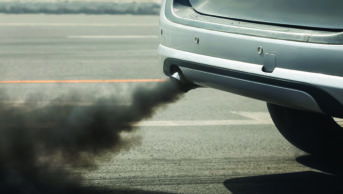
Shutterstock.com
More than a quarter of water samples taken from 258 rivers across the world contained “potentially harmful concentrations” of active pharmaceutical ingredients (APIs), a study has found.
The study, published in Proceedings of the National Academy of Sciences of the United States of America, analysed water samples from 1,052 sites across the rivers to assess the concentration of 61 APIs that “were expected to occur in the environment and to be of potential environmental concern”.
Researchers found that carbamazepine, metformin and caffeine were the most frequently detected APIs, having been detected at more than half of the sites tested.
“Concentrations of at least one API at 25.7% of the sampling sites were greater than concentrations considered safe for aquatic organisms, or which are of concern in terms of selection for antimicrobial resistance,” the study abstract said.
It added that concentrations of nine antimicrobials exceeded levels considered to be safe at at least one sampling site, suggesting microorganisms at these sites could select for antimicrobial resistance (AMR), with ciprofloxacin exceeding the safe limit at 64 sites.
“The greatest exceedance of the safe target was observed for metronidazole at a sampling site in Barisal, Bangladesh, where the highest concentration of this antibiotic was more than 300 times higher than the safe target.”
The abstract added that researchers “noted the presence of wastewater disposal along the river and the close proximity of pharmaceutical manufacturing activities”.
The researchers concluded that “pharmaceutical pollution poses a global threat to environmental and human health, as well as to delivery of the United Nations Sustainable Development Goals”.
The United Nations Sustainable Development Goals, published in 2015, aim to improve water quality through minimising the release of hazardous chemical material and untreated wastewater into the aquatic environment by 2030.
And, according to its consultation draft climate emergency and sustainability strategy for 2022–2026, NHS Scotland will test ways to eliminate pharmaceutical residues from hospital wastewater.
Read more: Our addiction to cheap generic medicines makes a mockery of the NHS’s green ambitions


